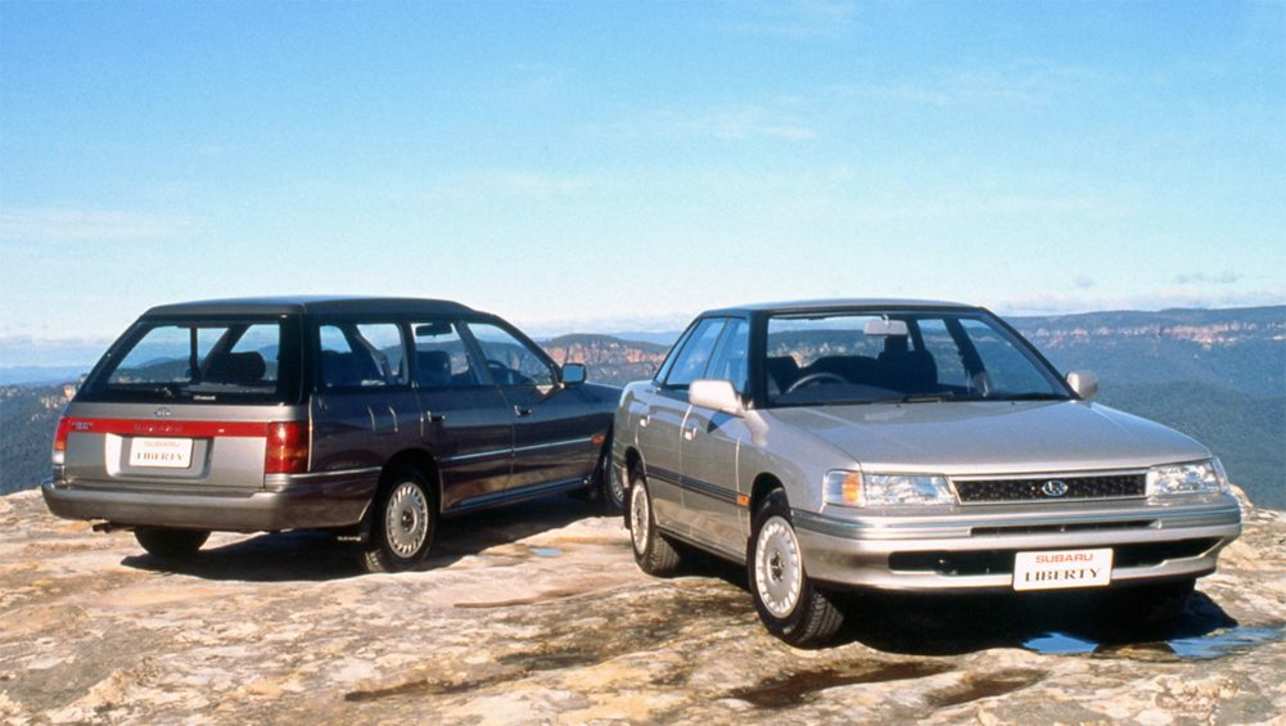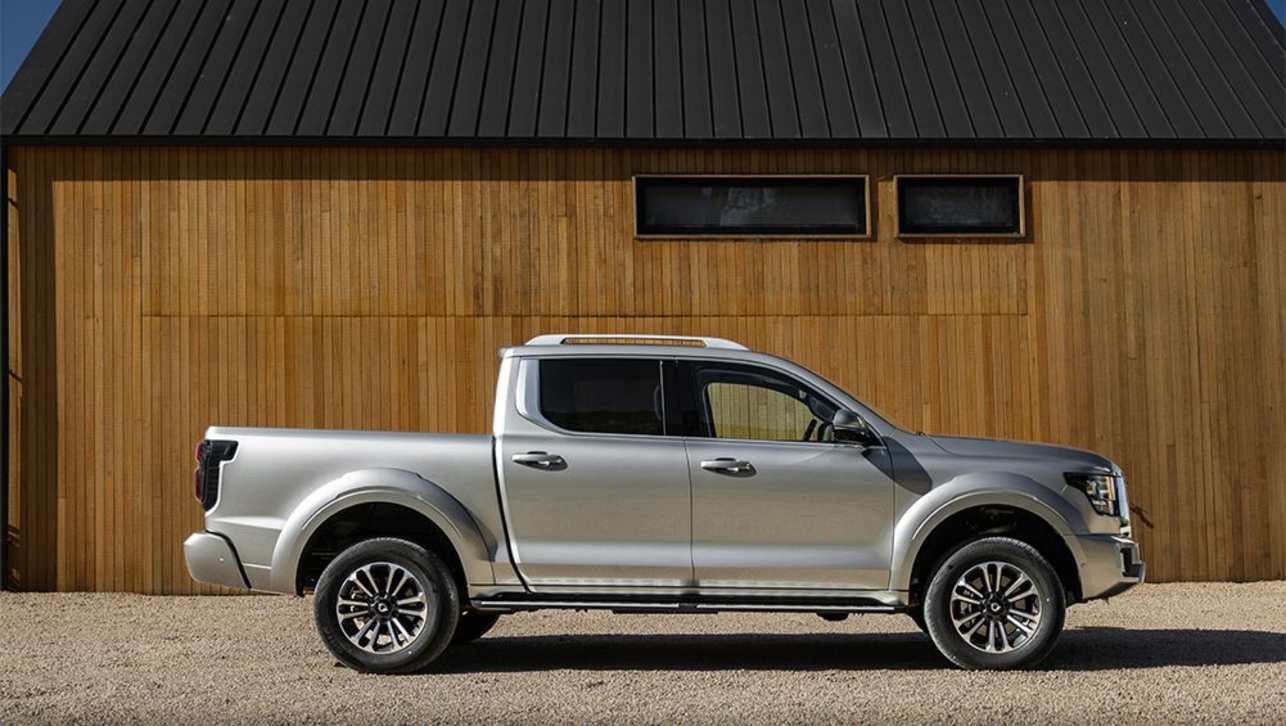While Mitsubishi's new Grandis will never be a volume seller it will hold a special place in the company's history.
This is the first model of the rest of Mitsubishi's life in Australia. The settling of the Mitsubishi rescue plan and Australia's part in the future guarantees at least a medium-term survival for the local operation. With that resolved the Adelaide-based company has hit the ground running with the Grandis.
"Grandis is the first all-new global identity product for Australia and it is the first MIVEC (Mitsubishi Innovative Valve lift and timing Electronic Control)engine in Australia," Mitsubishi Motors Australia president Tom Phillips said at the launch this week.
"It is the first of our new models this year and while it will not sell in huge numbers it is the catalyst to start some serious brand building."
In a market of about 1000 sales a month, the Grandis has been set the task of claiming a 10 per cent share, doubling the sales of the long-serving Nimbus it replaces.
Mitsubishi's Chris Maxted explains: "This market is changing, it is evolving and people are not using this type of vehicle in the traditional people-mover sense. They are being used not necessarily because buyers need the seven seats – most have two to three kids – but because of the flexibility. They are a lifestyle choice to serve a variety of weekly needs.¿
Maxted says research has shown that more than a fifth of buyers in the segment own large family cars such as Commodore and Falcon while a further 15 per cent are moving up from the medium-car segment as their family grows.
The Grandis evolved from the fuel cell Space Liner concept from the 2001 Tokyo Motor Show, the first indication of designer Olivier Boulay's vision for Mitsubishi's family look. A seven-seat low-slung van, it features a "wave" pattern dash with the automatic shifter mounted as part of the centre console. Drive is from a 121kW 2.4-litre four with performance ramped up by Mitsubishi's clever MIVEC technology, which allows a single camshaft to function at three loads, two at low speed below 3500rpm and one at high speed above that range.
Mitsubishi's manager of the special projects centre, Rob Chadwick, explains: "It is impressive technology which is not terribly complex yet is very efficient at providing additional performance without an appreciable penalty in fuel economy or emissions."
Safety has been high on the design criteria for the Grandis and testing in Japan indicates class-leading performance. "Internal tests to J-NCAP standards returned a six-star performance, the highest available," Chadwick says.
That rating is not harmed at all by the standard inclusion of six airbags, including curtains – a first in the people-mover category.
The Grandis will be on sale from the end of next week in two models – the Grandis at $45,710 and the Luxury Pack, with alloy wheels, dual sunroof, privacy glass, wood grain and leather trim and extra speakers for an additional $3745.
How it drives
If Mitsubishi's Grandis is an indicator it is a case of back to the future for people movers. While the Grandis is still a substantial hunk of metal – being a genuine seven-seater will do that to a car – the overwhelming impression is one of a large car rather than a small truck.
Driver seating is lower than in the previous generation of similar models and the position of the steering more in line with sedan cars than an upright bus position.
Seating is comfortable and supportive with most of the controls coming easily to hand, particularly those mounted proud on the waveform console. The radio is more difficult to reach and the lack of even the most basic steering wheel-mounted controls is a shortcoming.
The car-like feel of the Grandis translates well to the driving dynamics. There is no hiding the fact that the car is tall and mass is moving around but the overall impression is one of stability and reasonable predictability.
 The 121kW from the 2.4-litre engine, reached at 6000rpm, puts it at the head of the class for four-cylinder people movers but more important is the fat torque curve.
The 121kW from the 2.4-litre engine, reached at 6000rpm, puts it at the head of the class for four-cylinder people movers but more important is the fat torque curve.
While maximum urge of 217Nm is available at 4000rpm much of that is on tap from about 2000rpm right through to peak power – the major benefit of the MIVEC technology. The INVECS II four-speed automatic showed a reluctance to kick down in full-auto mode but can be driven in tiptronic sports mode when it can be run right to redline without electronic interference.
With the three rows of seats deployed there is precious little luggage space available, a common problem in this style of cars, but the seating itself is very flexible.
The third row folds completely flat under the floor while the second row folds and slides forward to provide enough room for a couple of bikes and luggage as well.
The seats are split 50:50 in the third row and 60:40 in the second to provide the option of a two-one-one seating pattern and room to carry a longer load.




.jpg)










.jpg)

.jpg)








Comments